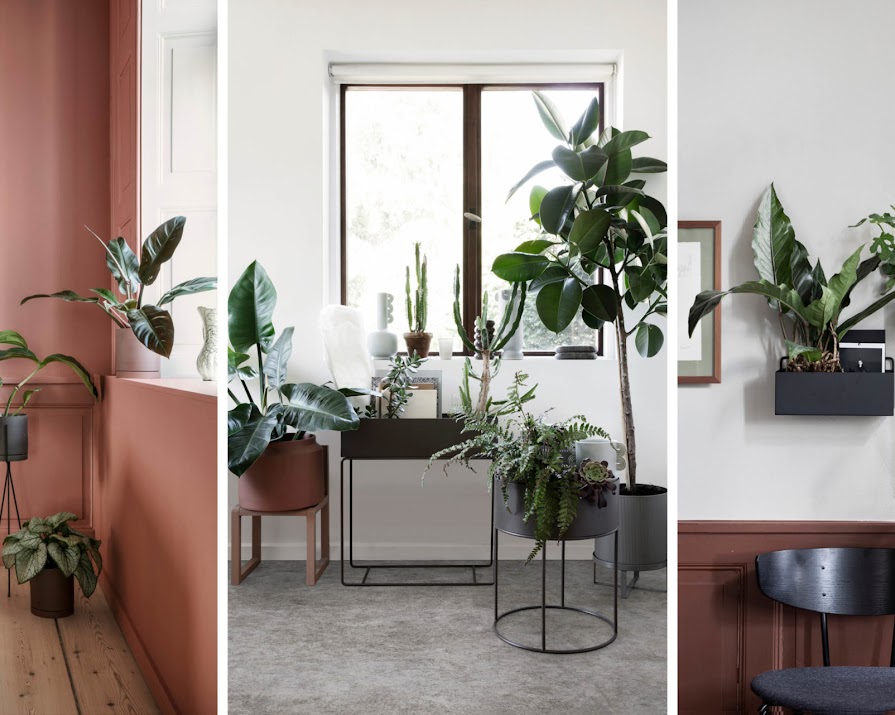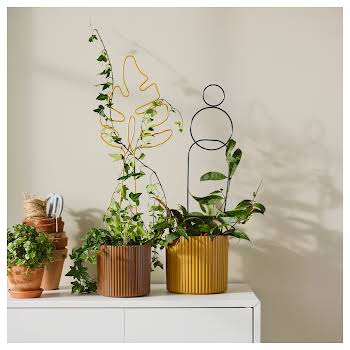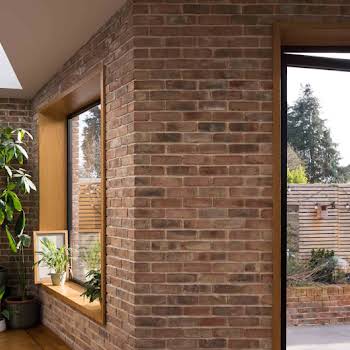
By Megan Burns
15th Mar 2024
15th Mar 2024
If your houseplants are looking a little sad despite your careful watering, they might need to be repotted. Here's our guide to the process, as well as the warning signs that you need to.
Sometimes, despite our best efforts, our houseplants can look like they’re struggling. If you’ve been keeping up with watering, and you’re sure they’re getting the right amount of light, it could be that they need to be repotted.
Most plants should be repotted every year to 18 months, depending on how fast they grow. Even if you don’t want to move your plant to a bigger pot, they will still need fresh soil, as they will eventually exhaust the nutrients in it.
Some common warning signs that it’s time to repot include poor growth, top-heavy foliage that makes the pot unstable, water running out the bottom of the pot immediately without soaking into the soil, and roots coming out the bottom of the pot.
When you go to repot, you can move your plant to a larger pot, or if you don’t want it to get any bigger, you can put it back in the same pot with fresh soil. You may want to gently trim some of the roots by a few centimetres if replanting in the same pot to prevent the plant getting too large.
If the pot you’re going to use previously had a different plant in it, wash it with soapy water to remove any disease-causing fungi or bacteria that could still be there.

How to repot
First of all, take your new pot and fill the bottom with a small layer of gravel, then add a layer of compost. You can buy houseplant-specific potting mix, but good quality compost should also suit most plants.
Next, squeeze the sides of the pot to dislodge the plant from its current pot. Hold the plant by the base, tip it sideways and gently slide it out of the pot. Hold the plant across its whole base, trying not to pull too hard on any individual stem.
Once the plant is out of the pot, break up the soil around it a little and tease the roots out, releasing them from their pot-bound shape.
Place the plant in the centre of your new pot and fill compost in around it. The plant should be sitting almost at the top of the pot, so put more soil underneath it if it’s sitting too low. Press down gently to make sure there are no gaps in the soil and the plant is firmly in the pot. Put a little soil over the base of the plant, making sure not to cover up its stems.
This is also a good opportunity to spritz or wipe leaves to remove dust, and trim or remove any dead leaves or stems.
Give your plant a good soak to settle it into its new home, and keep it out of bright light for around a week to let it acclimatise to its new soil.
Images: Ferm Living.
This article was originally published in August 2023.






















